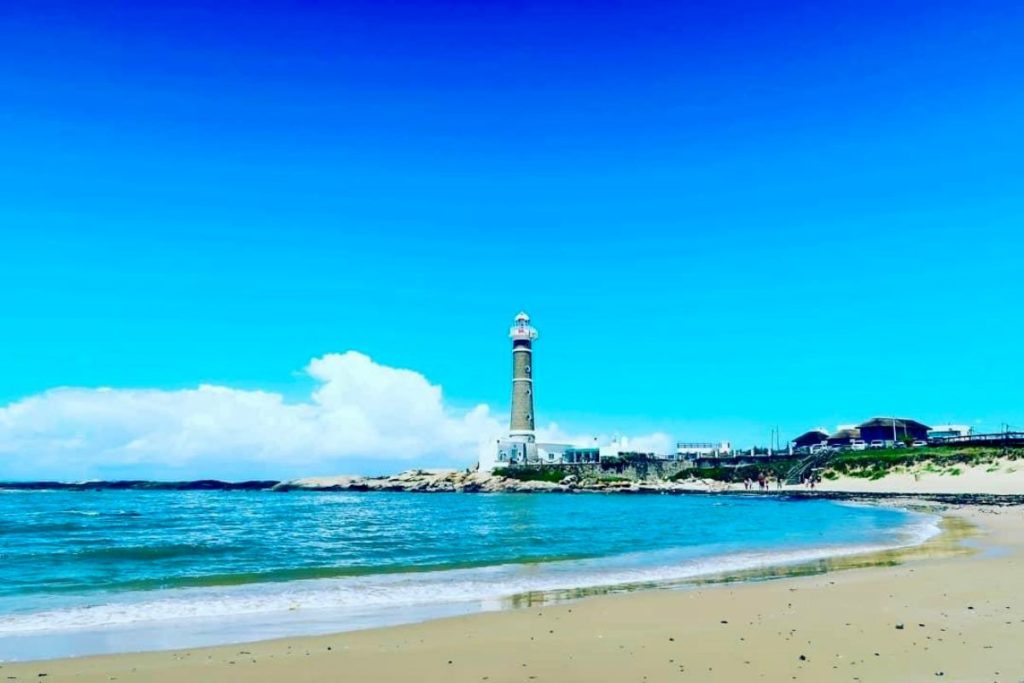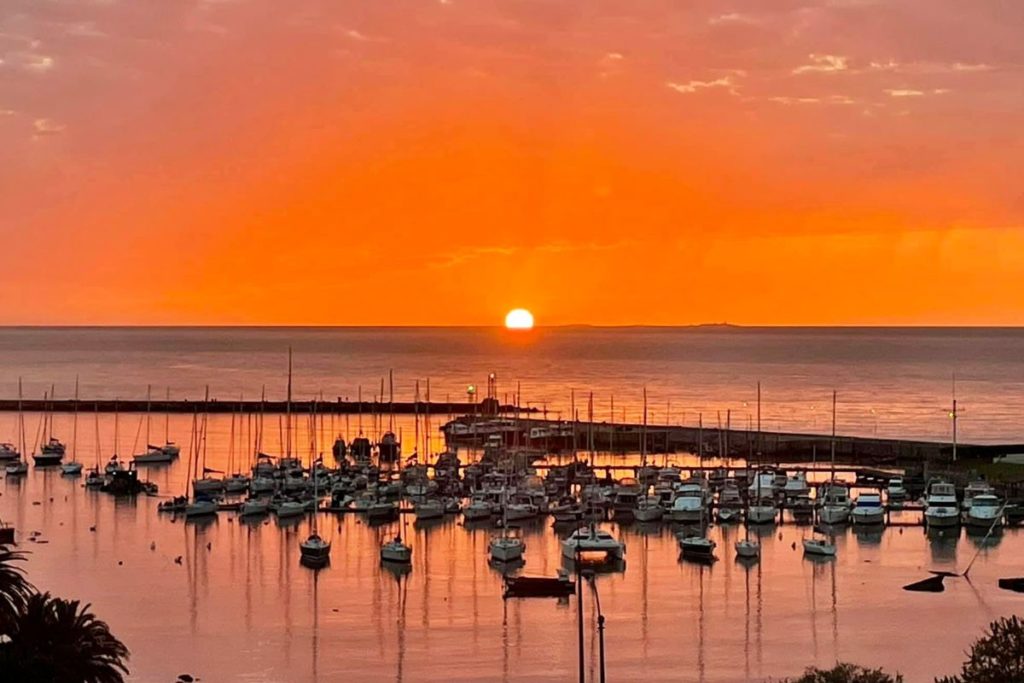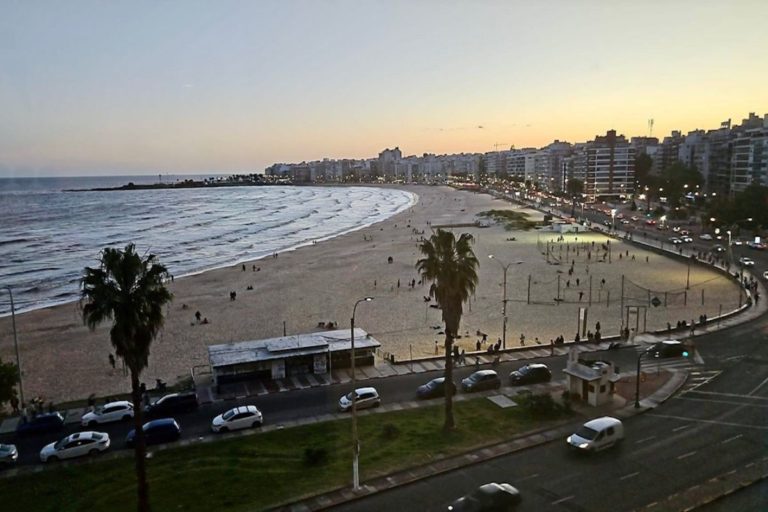Nestled between Brazil and Argentina, Uruguay captivates visitors with its diverse landscapes, rich history, and warm hospitality. From the historic streets of Montevideo to the picturesque beaches of Punta del Este, Uruguay offers a unique blend of cultural experiences and natural wonders.
In this guide, we’ll explore how to get to Uruguay, what to do once you’re there, where to stay, and the best places to indulge in the country’s delectable cuisine.
Uruguay History
Uruguay’s history is a tapestry woven with indigenous cultures, Spanish colonization, and a struggle for independence. Originally inhabited by the Charrúa people, the arrival of the Spanish in the 16th century marked the beginning of a complex history. Uruguay gained its independence from Spanish rule in the early 19th century, and its past is evident in the well-preserved colonial architecture and museums that dot the landscape.
Regions
- Montevideo – The Capital City: Montevideo, Uruguay’s capital, is a bustling metropolis that seamlessly blends modernity with history. Stroll along the cobblestone streets of Ciudad Vieja, where colonial buildings house trendy cafes and art galleries. The Mercado del Abasto, a vibrant market, is a must-visit for a taste of local flavors.
- Punta del Este – The Playground of South America: Known as the “St. Tropez of South America,” Punta del Este is a glamorous beach resort attracting jet-setters and sun-seekers alike. The iconic Playa Brava, with its famous sculpture “La Mano,” and Playa Mansa, offer stunning beaches for relaxation and water sports.
- Colonia del Sacramento – UNESCO World Heritage Site: Step back in time in Colonia del Sacramento, a UNESCO World Heritage Site. Cobblestone streets, colorful houses, and well-preserved colonial architecture make this city a living museum. The Barrio Histórico, the historic quarter, is a captivating journey through Uruguay’s past.
What Not to Miss
- Enjoy a traditional Uruguayan barbecue, known as an “asado,” for a gastronomic delight.
- Visit Estadio Centenario in Montevideo, the historic stadium that hosted the first FIFA World Cup in 1930.
Curiosity about Uruguay
Uruguay is known for its thriving mate culture. Join locals in sipping mate, a traditional herbal tea, often shared among friends and family.
Best Time to Visit
The ideal time to visit Uruguay is during the spring (October to December) and fall (March to May) seasons when the weather is mild, and outdoor activities are at their best. Summer (December to February) attracts beach enthusiasts, while winter (June to August) offers a quieter experience with cultural events and festivals.
How to Get to Uruguay
By Air:
Uruguay is well-connected internationally, with most visitors arriving at Carrasco International Airport in Montevideo, the capital city. Several major airlines operate flights to Montevideo, making it a convenient gateway to the country.
By Sea:
For a unique experience, consider arriving by ferry from Buenos Aires to Colonia del Sacramento. This historic town is a UNESCO World Heritage site and provides a charming entry point to Uruguay.
What to Do
Explore Montevideo:
- Old Town (Ciudad Vieja): Wander through narrow streets filled with colonial architecture, art galleries, and cozy cafes.
- Rambla of Montevideo: Enjoy a leisurely stroll along the picturesque coastline and soak in breathtaking views of the Atlantic Ocean.
Visit Colonia del Sacramento:
- Barrio Histórico: Discover the well-preserved colonial architecture and cobblestone streets in this UNESCO-listed historic quarter.
- Lighthouse and Plaza Mayor: Climb to the top of the lighthouse for panoramic views, then explore the charming central square.

Experience Punta del Este:
- Playa Brava and Playa Mansa: Relax on the sandy beaches or try water sports in the Atlantic Ocean and the calmer waters of the Rio de la Plata.
- Casapueblo: Visit this unique building, a blend of art gallery, museum, and hotel, created by artist Carlos Páez Vilaró.

Where to Stay
Montevideo:
- Hyatt Centric Montevideo: A luxurious option with stunning sea views and proximity to the city center.
- Alma Historica Boutique Hotel: Located in Ciudad Vieja, this boutique hotel offers a blend of history and modern comfort.
Colonia del Sacramento:
- Charco Hotel: Enjoy a waterfront stay with contemporary design and a relaxing atmosphere.
- Posada Las Terrazas: A charming inn in the heart of Barrio Histórico, providing an authentic experience.
Punta del Este:
- Fasano Hotel Punta del Este: A five-star resort offering elegance and top-notch amenities.
- Awa Boutique + Design Hotel: A stylish option with a focus on art and design, located near Playa Brava.
Where to Eat
Montevideo:
- La Pulperia: Indulge in traditional Uruguayan barbecue (asado) in a rustic setting.
- Mercado del Abasto: Explore this lively market for a variety of local delicacies.
Colonia del Sacramento:
- El Buen Suspiro: Dine in a historic building and savor Mediterranean-inspired dishes.
- Pulperia de los Faroles: A cozy spot offering Uruguayan and Spanish fusion cuisine.
Punta del Este:
- La Huella: Experience beachfront dining with a focus on fresh seafood and local ingredients.
- Los Caracoles: A popular spot for traditional Uruguayan cuisine, known for its warm ambiance.
Uruguay invites travelers to explore its allure which lies in its rich history, diverse regions, and warm-hearted people. Whether exploring the vibrant streets of Montevideo, basking in the sun on Punta del Este’s beaches, or stepping into the past in Colonia del Sacramento, Uruguay promises an unforgettable journey for every traveler. Embrace the cultural richness and natural beauty of this South American gem.
You may also like,
- Skiing Destinations, Discover the Top Ones Across the USA
- Easter Island and its Mystique
- Five Stunning Beaches in Brazil: A Paradise Awaits
- Aare River: A Serene Journey Through Bern, Switzerland
- Exploring the Charms of Oahu, Hawaii

